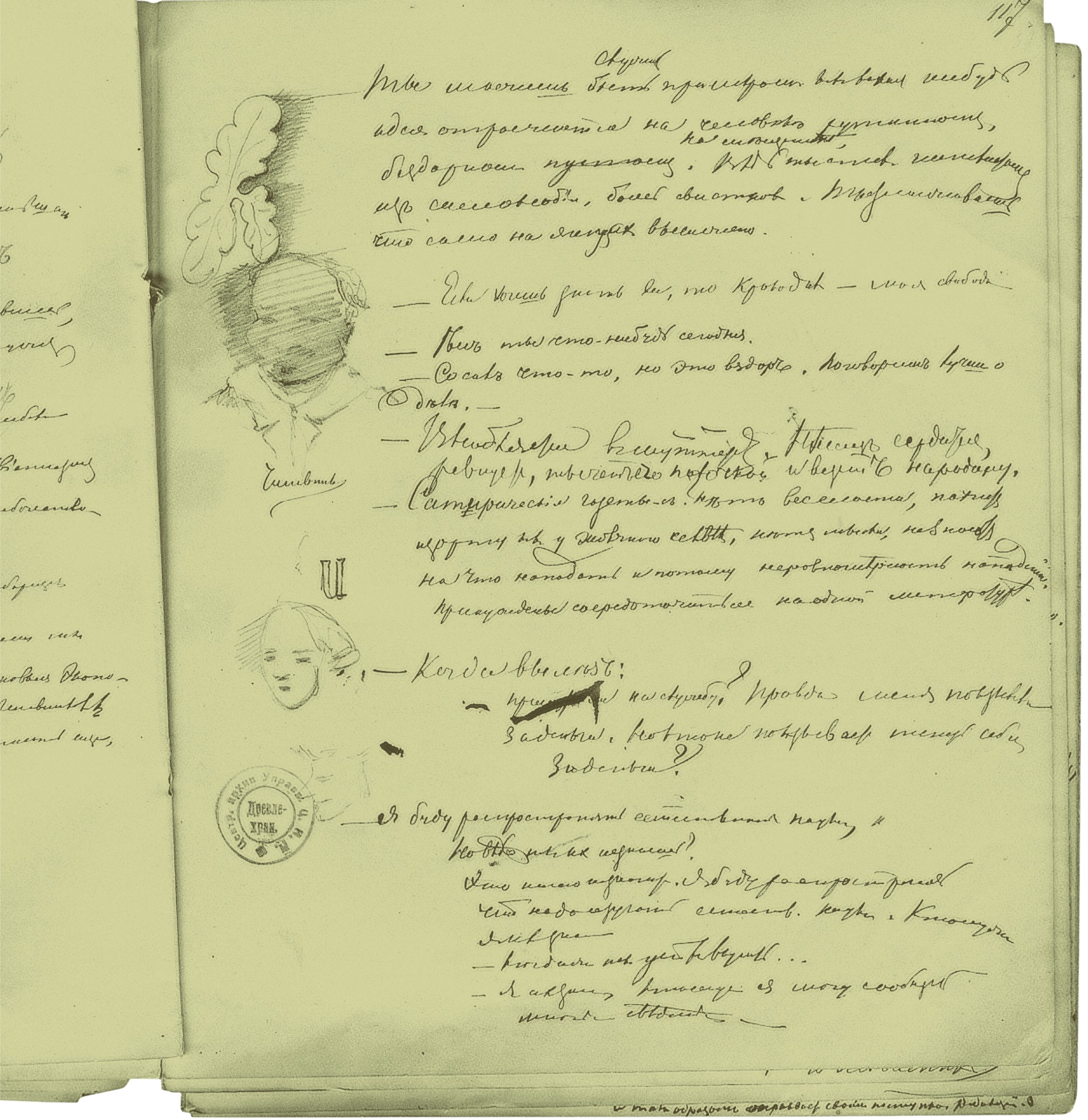Why the festival is becoming increasingly popular and its meaning changes drastically

Ms. Sandner, Easter is the highest festival of Christianity. But less than half of the people in Germany is still a member of a Christian church. How does that affect Easter?
Daniela Sandner: Fewer people are members of the church, but of course many non -denominational celebrations celebrate Easter. This is because Easter has developed this very clear secular component that has little to do with the Christian liturgical. Customs form around Easter that do not necessarily have a religious origin. The secular way of celebrating Easter now overrides the liturgical.
Which secular customs do you think of?
Sandner: At the Osterbrunch, for example, and the fact that you now also adorn the entire apartment Easter. Whole commercial industries have jumped on this. And the population in Bavaria has simply become more various over the decades. Customs and the way they are committed reflect on that. In addition, there is the marketing machine that ensures that we buy Easter bunnies that we buy sweets.
Photo: Matthias Ettinger
Children are gifted more and more at Easter. When did that start?
Sandner: I was born in the 1980s when the Easter nests were still relatively modest. Today many children celebrate Easter three times. First with the parents, then with some grandparents, then with the others. You are looking for nests three times. If I look at my own biography, I would estimate that it started in the nineties. Especially with advertising on TV. And of course the advertising psychology – how to get people to buy things – has of course also gotten better. At Christmas, commercialization started much earlier. Among other things, through the American occupiers after the Second World War, Christmas gradually experienced Americanization.
Gifts are one. But where does the passion for Easter decorations come from?
Sandner: This mass of pastel -colored Easter bunnies, the Easter trends on Instagram – that you can bind your own Easter wreath, for example – has increased extremely in the past ten or 15 years. I believe, Through the Scandinavian hygge movement it exploded. You want to have it everywhere in your own four walls.
Photo: Bernhard Weizenegger
Is Easter the new Christmas in terms of commerce?
Sandner: I don’t think Easter will run the rank in this regard. Christmas is even more suitable as a family party as Easter – through gifts, but also through this mystical, the darkness in winter, the light, the Christmas tree. Easter is more and more on the heels, but I still believe that Christmas will remain the family festival par excellence.
Is it also because the original story behind Christmas is easier to convey? A child was born at Christmas. The thing with crucifixion and resurrection is much more difficult …
Sandner: Yes, Easter requires a lot of reflection, especially for children. This brutal crucifixion history, the resurrection story … Christmas is much easier to convey. You can also tell that this fact plays a role that about Pentecost has not established itself as a family party at all. Pentecost is just too complex.
Christmas has the newborn child, Easter has the rabbit. Maybe Pentecost simply lacks a likeable figure of identification. So that a question that should not be missing in any Easter interview: Why does the rabbit bring the Easter eggs?
Sandner: The children’s book “Die Bäschenschule” by Albert Sixtus clearly contributed to the popularization of the Easter bunny, at least in Bavaria. It was released in the 1920s and in the post -war period the Easter bunny then spread rapidly as a gift bearer. It wasn’t that way before. There were other animals that brought the Easter eggs in the country.
Which animals?
Sandner: Very classic hen and jaw. As far as I know, the stork was also spread. Sometimes fox and cuckoo.
Are there still traditional Easter customs far from the egg search that have survived to this day?
Sandner: Yes, the Easter fire. They are lit on Good Friday, Holy Saturday or Easter Sunday and they have been around for centuries. Light and fire have a liturgical totally charged symbolic meaning. You can also see that on the Easter candle. But even the custom of the Easter fire has experienced a secularization. Not all Easter fire are consecrated fire, sometimes they are simply organized by the fraternities or clubs.
Connect a current survey Only 26 percent of German Easter with the resurrection of Christ. Even if religious meaning is no longer above everything: Do you find it important to bring children to children the origin of Easter?
Sandner: From the perspective of the state association for home care and also in my personal opinion, this is essential. Yes, there are these aspects of commercialization, advertising, we have to handle it. But it is important to be aware of: Easter is a Christian festival. I think a child must have the opportunity to locate itself in such a Christian year of the year – or to decide against it later. Christian festivals and customs structure the course of the year, such as Easter and Christmas. But there are also customs that accompany life, baptism, for example, or the wedding. I think that gives great security. Such customs are there for that.
To person
Daniela Sandner is a doctor of folklor and speaker at the Bavarian State Association for Homeland Care. Your topics: custom, costume, language and current local discourses.









